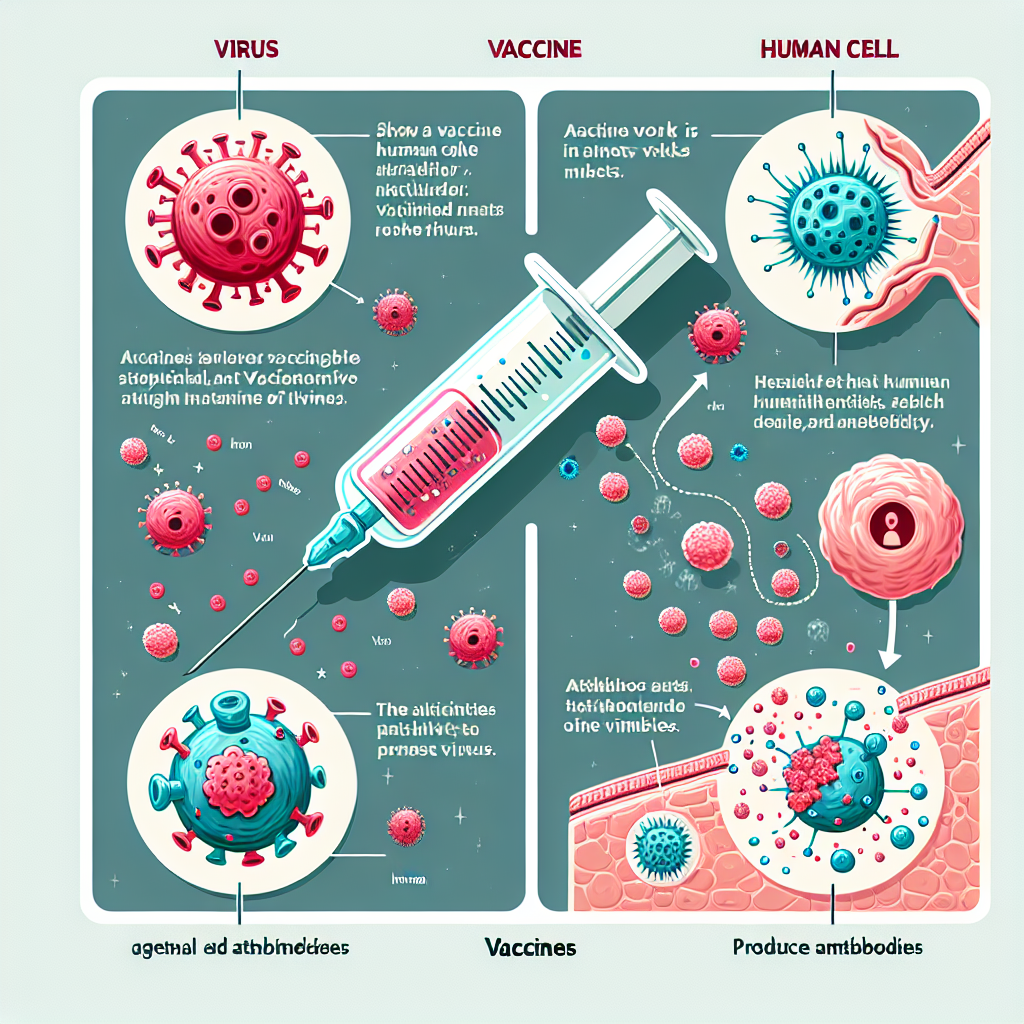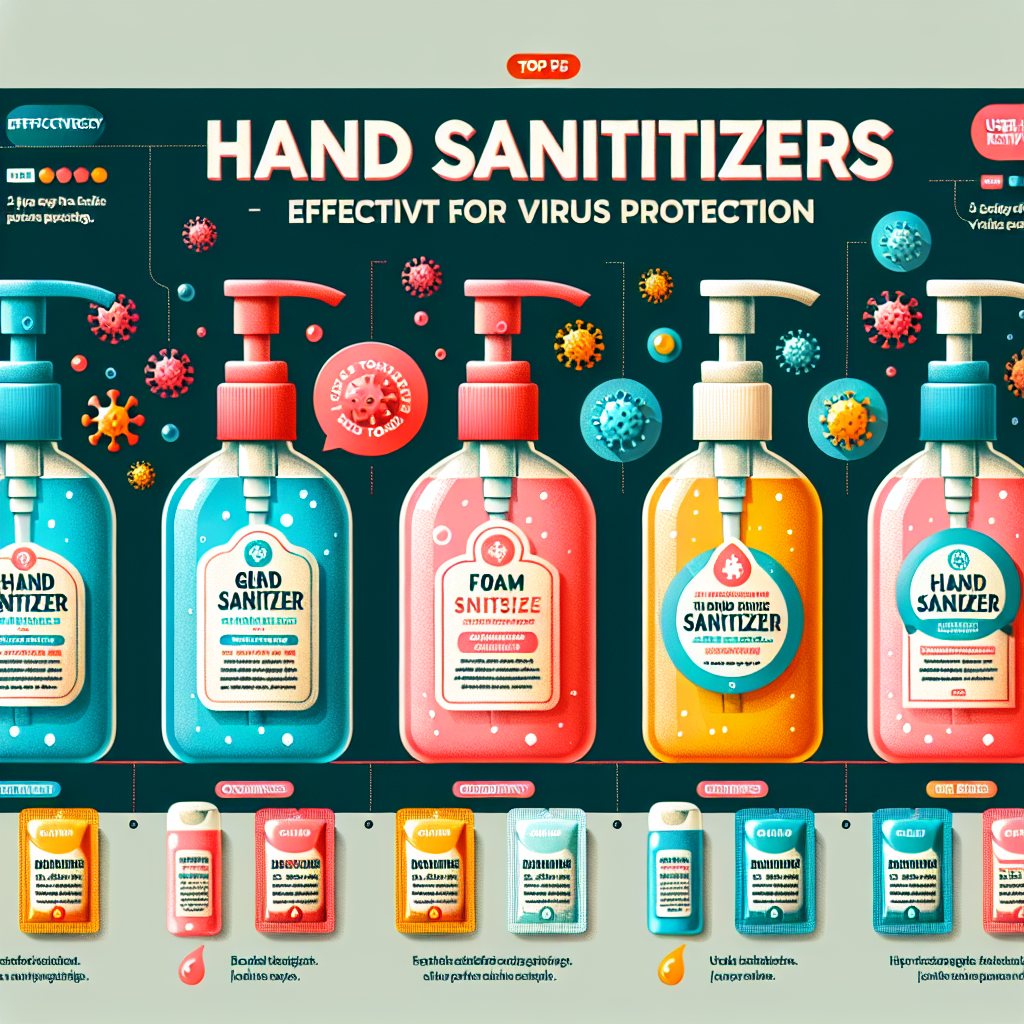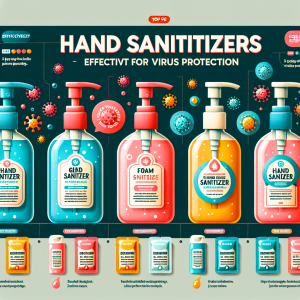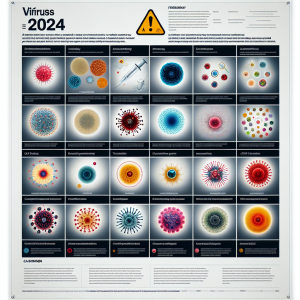How do vaccines work against viruses?
In the face of numerous viral outbreaks, vaccines have emerged as one of the most effective tools in public health. Vaccines harness the body’s immune response to prepare it for potential future encounters with viruses, thereby reducing the incidence of infectious diseases. Understanding how vaccines work against viruses involves delving into the immune system’s response, the mechanisms of action, the various types of vaccines, and their significant role in disease prevention. This article explores these concepts in detail, illustrating the vital importance of vaccination in safeguarding individual and community health.
Understanding the Immune System’s Response to Viruses
The immune system is an intricate network of cells and proteins that defends the body against harmful pathogens, including viruses. When a virus invades the body, it triggers a cascade of immune responses designed to eliminate the infectious agent. The first line of defense consists of innate immune responses, which include physical barriers like skin and mucous membranes, as well as immune cells that respond quickly to infections. This initial stage activates various immune cells, such as macrophages and dendritic cells, that detect the presence of the virus and begin the process of mounting a specific response.
Once the virus is detected, the adaptive immune system is activated. This phase involves the proliferation of specialized immune cells known as T-cells and B-cells. T-cells identify and destroy infected cells, while B-cells produce antibodies that specifically target the virus. These antibodies can neutralize the virus and prevent it from infecting new cells. The immune system’s memory cells then retain information about the virus, ensuring a faster and more robust response if the virus is encountered again in the future.
The complexity of the immune response highlights the importance of vaccines in preparing the immune system for potential viral threats. By mimicking a virus without causing disease, vaccines provide a safe platform for the immune system to learn and respond effectively. This foundational understanding of the immune system is crucial for comprehending how vaccines can bolster our defenses against viral infections.
The Mechanism of Action: How Vaccines Trigger Immunity
Vaccines work by introducing a harmless component of a virus into the body, stimulating an immune response without causing the disease itself. This component, known as an antigen, can be a weakened or inactivated virus, a piece of the virus (such as a protein), or a genetic blueprint that instructs cells to produce viral proteins. When administered, the vaccine prompts the immune system to recognize the antigen as foreign, leading to the activation of T-cells and B-cells.
Once the immune response is triggered, the body begins to produce antibodies specifically designed to bind to the viral antigens. The presence of these antibodies marks the virus for destruction by other immune cells. In addition to antibodies, memory T-cells and B-cells are established during this process. These cells persist in the body long after the vaccine is administered, allowing for a rapid and efficient response if the actual virus is encountered in the future.
This mechanism of action underscores the concept of "immunological memory." Essentially, vaccines prepare the immune system to respond more effectively and swiftly upon re-exposure to the virus, thereby preventing illness or reducing its severity. Understanding this process is crucial to appreciating how vaccines can drastically lower infection rates and enhance public health.
Types of Vaccines: Exploring Their Different Forms
Vaccines come in various forms, each employing different strategies to elicit an immune response. The most common types include inactivated or killed vaccines, live attenuated vaccines, subunit vaccines, and messenger RNA (mRNA) vaccines. Inactivated vaccines contain viruses that have been killed or inactivated so they cannot cause disease. Examples include the polio vaccine and the hepatitis A vaccine. These vaccines often require multiple doses to achieve effective immunity.
Live attenuated vaccines utilize a weakened form of the virus that is still capable of replicating in the body but does not cause disease in healthy individuals. The measles, mumps, and rubella (MMR) vaccine is a well-known example. These vaccines typically require fewer doses and often provide longer-lasting immunity because they mimic a natural infection more closely. However, they may not be suitable for individuals with compromised immune systems.
Subunit vaccines differ from the aforementioned types in that they contain only specific pieces of the virus, such as proteins or sugars. This approach minimizes the risk of adverse reactions while still eliciting a robust immune response. The newer mRNA vaccines, such as those developed for COVID-19, represent a novel approach. They contain genetic material that instructs cells to produce a harmless protein unique to the virus, triggering an immune response without using live virus. Each type of vaccine plays a crucial role in the broader strategy of preventing viral infections.
The Role of Vaccines in Preventing Viral Infections
Vaccines have had a transformative impact on public health by significantly reducing the incidence and severity of viral infections. Widespread vaccination campaigns have led to the eradication of diseases such as smallpox and have drastically reduced the prevalence of others like polio and measles. By immunizing a large portion of the population, vaccines create herd immunity, which protects those who cannot be vaccinated, such as infants and individuals with certain medical conditions.
The role of vaccines extends beyond direct protection. They also alleviate the burden on healthcare systems by reducing the number of hospitalizations and medical costs associated with viral illnesses. For instance, vaccines can help prevent outbreaks and mitigate the spread of viruses, ultimately leading to healthier communities and improved economic stability. The importance of vaccination programs cannot be overstated, as they have proven to be one of the most cost-effective interventions in public health.
As new viral threats emerge, such as the recent COVID-19 pandemic, the development and distribution of vaccines remain critical. Ongoing research into vaccine technologies continues to enhance our ability to respond to viral outbreaks rapidly and effectively. Ultimately, vaccines play a vital role in protecting public health and preventing the devastating impact of viral infections on individuals and communities.
In conclusion, understanding how vaccines work against viruses is essential for appreciating their significance in public health. By stimulating the immune system’s response and creating lasting immunological memory, vaccines provide a robust defense against viral infections. With various types of vaccines available and the ongoing advancements in vaccine technology, we can continue to combat viruses more effectively. As we embrace the importance of vaccination, we uphold our collective responsibility to protect ourselves and those around us from infectious diseases.
For more information on vaccines, you can explore resources from the World Health Organization, the Centers for Disease Control and Prevention, and the American Academy of Pediatrics.
Top hand sanitizers for virus protectionSeasonal flu vaccine effectivenessLatest research on virus transmissionRelevant LinkRelevant LinkRelevant Link













